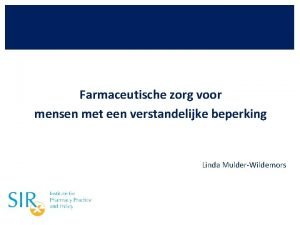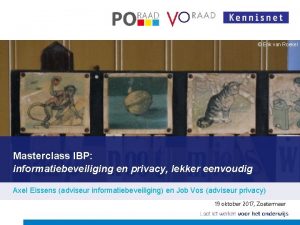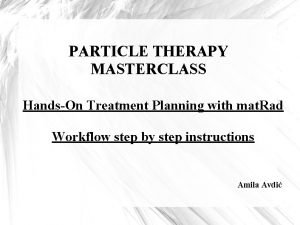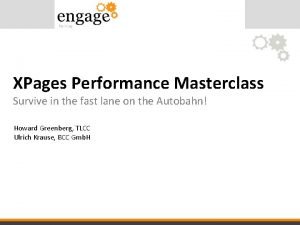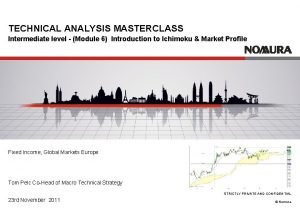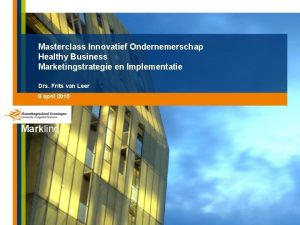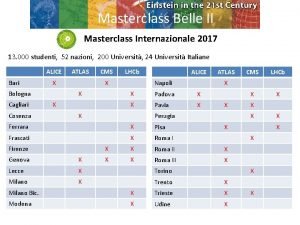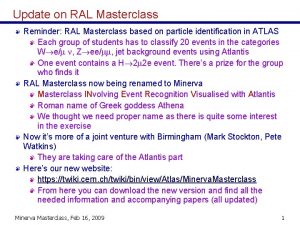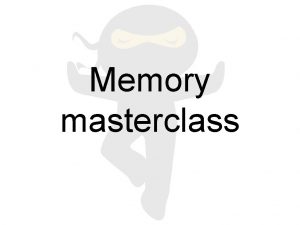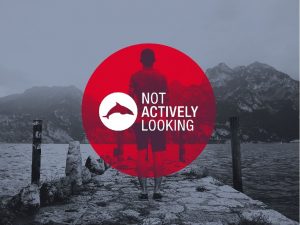Policy Masterclass How to influence policy making in






- Slides: 6

Policy Masterclass: How to influence policy making in a political world Common Room, University House, 7 November 2019 Overview I. Impact versus Influence II. Models of science communications III. Possible roles for ‘scientists’ IV. 12 Personal Insights Presented by Prof. Quentin Grafton Crawford School of Public Policy quentin. grafton@anu. edu. au

Impact versus Influence • There have been more than 27 million scientific papers published in academic journals since 1950. • Number of academic publications is accelerating (~ 2. 5 million/year) as is the number of academic journals (~30, 000) and the number of publishing scientists (~4%/year) • How many scientists (& publications) have had influence on decision-making or societal 2 outcomes?

Models of Science Communications Knowledge Deficit Model Science Communication Public Model Engagement Scientific Facts, Realities Model Scientific Facts, Realities Mediated Realities Public Understanding, Reality Adapted from Scheufele (2014 p. 13587) 3

Possible Roles for ‘Scientists’ in Decision-making ‘Top Down’ and Dominant World View Pluralistic & Competing World View Linear Model Stakeholder Model ‘Pure’ Scientist (no interaction with decision-makers) Issue Advocate (restricts decision space, agenda focused) Science Arbiter Honest Broker (focus on ‘positive’ or (includes ‘what is’ questions) should be’ questions, expands decision space) Research increases knowledge, reduced uncertainty and leads to Scientists should consider HOW science is used in improved decision-making (values are shared and (values are contested and 4 uncertainty is low) Adapted from Pielke (2007 p. 15) uncertainty is high)

12 Personal Insights 1. Be PATIENT as it takes time (possibly many years) to have influence or impact 2. PREPARE (have evidence and know key people) before the opportunity arises to influence and ahead of a crisis 3. Know WHAT communications (evidence, options, etc. ) you to want to give 4. Know WHO (and why? ) do you want to influence (decision-makers, public, other experts, etc. ) 5. LEVERAGE what you do (with your research with whom you work, who you collaborate, etc. ) as can accomplish much more as a team than alone 6. SPECIALISE as you cannot be an expert in everything 7. Define your ROLES (pure expert, issue advocate, stealth-issue advocate, arbiter, honest broker, insider versus outsider, partisan versus non-partisan) 8. Know the VALUES (and preferences) of those you wish to influence 9. Decide on HOW (social media, opinion pieces, hub or networks, briefs and briefings, submissions to inquiries, blogs, etc. ) 10. Never compromise your SCIENTIFIC INTEGRITY (objective, transparent. etc. ) 11. Understand who BENEFITS (and loses) and expect ‘blow back’ from losers 12. Base your communications on ‘Best Available Science’ and EVIDENCE 5

References • Boon, S. 2017. 21 st Century Science Overload. Accessed 2 November 2019 at: http: //blog. cdnsciencepub. com/21 stcentury-science-overload/ • National Oceanic and Atmospheric Administration. NAO 202 -735 D: Scientific Integrity. Accessed 20 October 2019 at: https: //www. corporateservices. noaa. gov/ames/administra tive_orders/chapter_202/202 -735 -D. pdf • Pielke, R. A. Jr. 2007. The Honest Broker: Making Sense of Science in Policy and Politics. Cambridge University Press: Cambridge, UK. • Scheufele, D. A. 2014. Science communication as political communication. PNAS Vol 111: 1385 -13592. • Uzzi, B. and Wang, D. 2018. Novelty and hotspots. Science vol 361: 1195. 6

